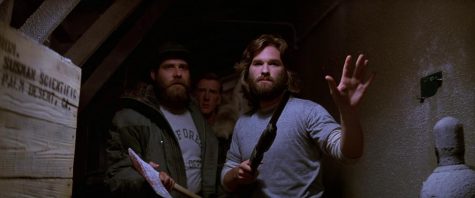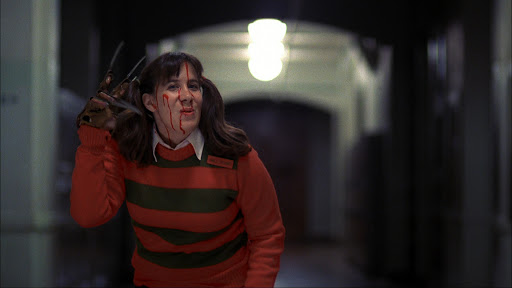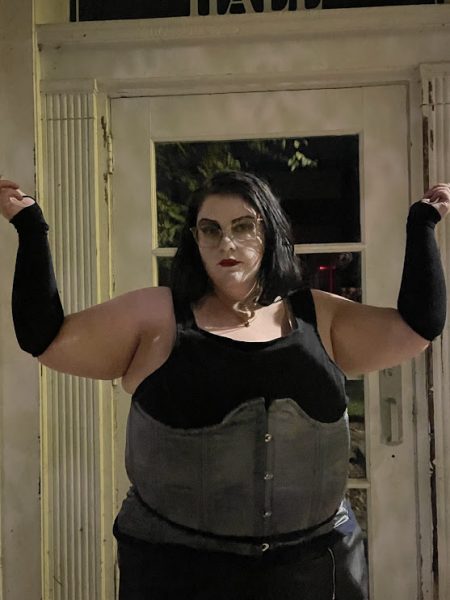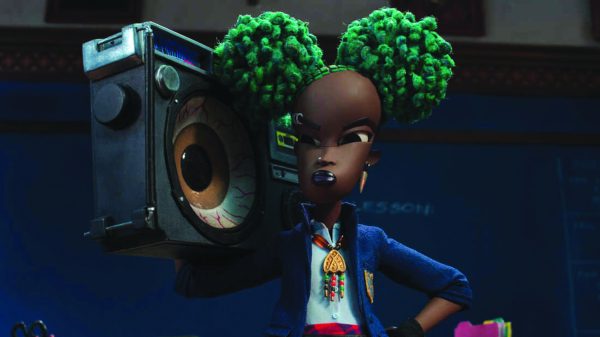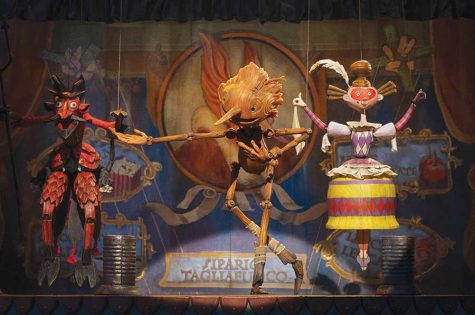Oh, the horror!
In all of its forms, whether it be novel, video game or film, horror makes you question your own reality and peek under your bed in the dead of night.
For many people like me, horror is the best genre for film, as it brings out a specific creative liberty for a filmmaker. Directors like the legendary John Carpenter, the new face of the genre Ari Aster and the late great Wes Craven have all made my three favorite horror films.
I have been engulfed in horror since I was 13 years old and for the last nine years I have seen a great deal of the classics of the genre like “Halloween,” “Friday the 13,” “The Exorcist” and “Carrie,” among countless more. Before this period in my life the mere sight of anything horror-related made me run into my room crying for my mommy – even though she would be watching it in the other room.
The night I decided to break past my fear, my friend and I watched Wes Craven’s classic 1984 slasher “A Nightmare on Elm Street.” It was the horrific visuals of a girl standing in a body bag full of her own blood and Freddy’s iconic glove slowly rising from the depths of Nancy’s bath while she slept that made me fall in love with horror.
I feel that “A Nightmare on Elm Street” breaks the mold for the boring yet fun subgenre of slasher. Before the series went into a more comedic route, this film had genuine scares and tension throughout.
Freddy Krueger stands out among the slasher icons. He is not merely a tall scary man wearing a mask and brandishing a large blade. He is a putrid villain, laden with burns that give a horrific visual. He experiences glee through watching his victims squirm with fear, flashing his twisted yellow-stained grin. He does not attack you at night while you are alone in your house or camping in the woods; he preys on you at a time when you are most vulnerable and easy to manipulate: while you dream.
Another brilliant aspect of the film that makes it a must-see is the practical effects. These visuals were revolutionary for the time, with Craven and his team finding creative ways to bring his nightmare to life.
A particular scene that stands out to viewers is when Johnny Depp’s character is watching TV in bed and he drifts off into sleep. At this point we know he is going to get axed, but we do not know how. Suddenly Freddy’s clawed glove rises from the bed and pulls Depp in, with a massive geyser of blood spraying all over his ceiling.
To accomplish this visual, the crew built his bedroom upside down so that the bed was on the ceiling and poured buckets of fake blood through the hole in the bed. They simply flipped the camera to get the desired effect.
For films like “Nightmare on Elm Street” a part of the horror is in the special effects, but for my second-favorite horror film, the terror is in the performances and atmosphere.
Ari Aster only has two films out currently, but it is with these two critically acclaimed films that he has established himself as one of the new faces of horror.
When thinking of my top three favorite horrors it was hard to pick between Aster’s two films “Hereditary” and “Midsommar.” They are both perfect films that cause viewers to squirm in their seats with discomfort. Though you could argue that “Hereditary” is the better film in terms of filmmaking and story, it is “Midsommar” that grabbed me more and is something that I can watch over and over despite the two-and-half-hour run time.
“Midsommar” is about a group of grad students taking a trip to a small commune in Sweden to attend a midsummer ceremony. Throughout the nine days they stay there, they witness odd events and battle whether the events they see are immoral or a part of the commune’s culture.
Is ritualistic suicide something to be afraid of and gawk at? Or is it something that you must accept as a tradition with a storied past?
The theme of this film is anxiety and the feeling of being alone, despite having loved ones around you. Aster has this beautiful way of making the viewer feel the emotions he wants them to feel through camera work, sound design/music and the actors’ performances.
In one of the opening scenes, Florence Pugh is crying in such a haunting and powerful way over her loved ones’ murder-suicides. Her dry heaves and deep throaty gasps make the viewer immediately understand her pain and feel it for themselves.
The anxiety you feel throughout “Midsommar” can make some viewers say things like “it’s artistically great, but I never want to see this ever again,” and that’s why I think it’s one of the best. The idea of horror is to make you uncomfortable, so for Aster to make an average viewer feel that way about his movie is truly special.

Where “Midsommar” has the emotions needed to capture a viewer’s fear and “A Nightmare on Elm Street” has the visuals of horror nailed perfectly. My favorite film has both of these qualities and more: John Carpenter’s 1982 classic “The Thing.”
This piece of cinematic mastery has visuals that cause your mind to sprout arms and tear itself to pieces and scenes so isolated and nerve wracking that you will call your mother to bring you your baby blanket.
“The Thing” is a favorite among horror fans for its incredible use of puppetry and disgusting practical effects that really make the viewer believe this alien creature is alive.
The story follows a research team in Antarctica as they stumble upon a strange creature buried in a block of ice. As the film moves on, they find out that the alien is alive and can take the form of any sentient being that it devours.
In the cold unforgiving Antarctic snowstorm these colleagues have to figure out whom they can trust among them, all while they are picked off one by one and become more and more isolated.
I really don’t want to give any particular scene away, as this is one film I feel everyone needs to watch. I believe if you are a fan of filmmaking, makeup, or just a casual fan of film, you will find some enjoyment with “The Thing.”
Horror is one of the greatest genres ever made for any medium. The people who can make art that plays with your fear and make you scared to sleep at night are, in my opinion, among the greatest artists to ever walk this muddled wasteland we know as Earth.
